
The Hidden Dangers in Leftovers
5 Common Leftover Foods That Could Increase Cancer Risk, According to Experts

A recent case of a man diagnosed with stomach cancer has sparked discussions among health professionals about the potential dangers of leftover foods. Doctors warn that certain common leftovers stored in the fridge could serve as "breeding grounds" for cancer-causing substances if not handled properly. Here’s what you need to know to protect yourself and your family.
The Hidden Dangers in Leftovers
While reheating and consuming leftovers is a common practice, improper storage and repeated reheating can lead to the formation of harmful compounds. Some foods are more prone to developing carcinogenic substances, such as nitrosamines and acrylamide, which have been linked to cancer risks.
5 Leftover Foods to Watch Out For
1. Rice
Rice left at room temperature for extended periods can develop Bacillus cereus, a bacteria that produces toxins resistant to heat. This can lead to food poisoning and long-term stomach issues, which could contribute to chronic inflammation—a risk factor for stomach cancer.
2. Processed Meat (Ham, Bacon, Sausages, etc.)
Leftover processed meats, when stored and reheated improperly, can increase the formation of nitrosamines, which are known carcinogens. Studies have linked these chemicals to an elevated risk of gastrointestinal cancers, including stomach and colorectal cancer.
3. Green Leafy Vegetables (Spinach, Kale, Lettuce, etc.)
Vegetables high in nitrates, like spinach and kale, can undergo a transformation when stored for too long. Upon reheating, nitrates can convert into nitrites and nitrosamines, which have been associated with cancer risk. Eating freshly cooked vegetables is always the safer option.
4. Fried Foods (French Fries, Fried Chicken, etc.)
Reheating fried foods can increase the levels of acrylamide, a potentially cancer-causing chemical that forms when starchy foods are cooked at high temperatures. Consuming excessive amounts of acrylamide has been linked to an increased risk of certain cancers.
5. Seafood
Seafood, especially shellfish, spoils quickly if not stored properly. Reheating seafood multiple times can lead to protein degradation and bacterial growth, which may contribute to digestive issues and increase inflammation in the body—a known factor in cancer development.
How to Safely Store and Reheat Leftovers
To minimize health risks, follow these safety guidelines:
-
Store leftovers promptly: Refrigerate or freeze leftovers within two hours of cooking to prevent bacterial growth.
-
Reheat only once: Avoid reheating food multiple times, as this can increase the formation of harmful substances.
-
Use airtight containers: Store leftovers in sealed containers to reduce contamination and oxidation.
-
Follow the “2-day rule”: Consume refrigerated leftovers within two days to ensure freshness and safety.
Final Thoughts
While leftovers can be a convenient way to reduce food waste, it’s essential to handle them safely. By being mindful of how food is stored and reheated, you can minimize potential health risks, including cancer. If in doubt, it’s always better to prepare fresh meals whenever possible.
If you frequently consume leftovers, consider making small dietary adjustments to prioritize fresh, whole foods. Your health is worth the extra effort!
News in the same category


New Research Suggests That All C.a.n.c.e.r.s Are Linked To A Single Protein

The Hidden Dangers in Leftovers

A Big Belly Isn’t Always Just Fat
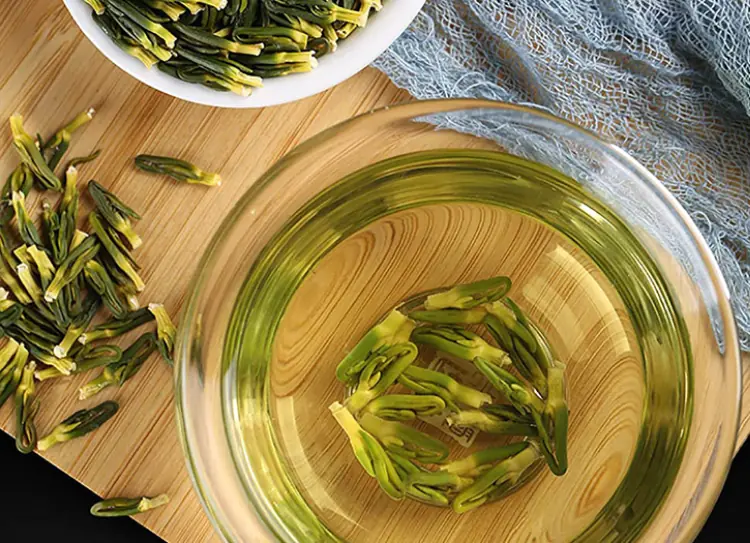
5 Best Teas for Diabetics

Drooling in Your Sleep? Watch Out for These 6 Dangerous Diseases!

Kidney disease can cause lasting damage

These Four Groups Should Avoid Garlic

4 signs that liv.er dise.ase has entered a serious stage
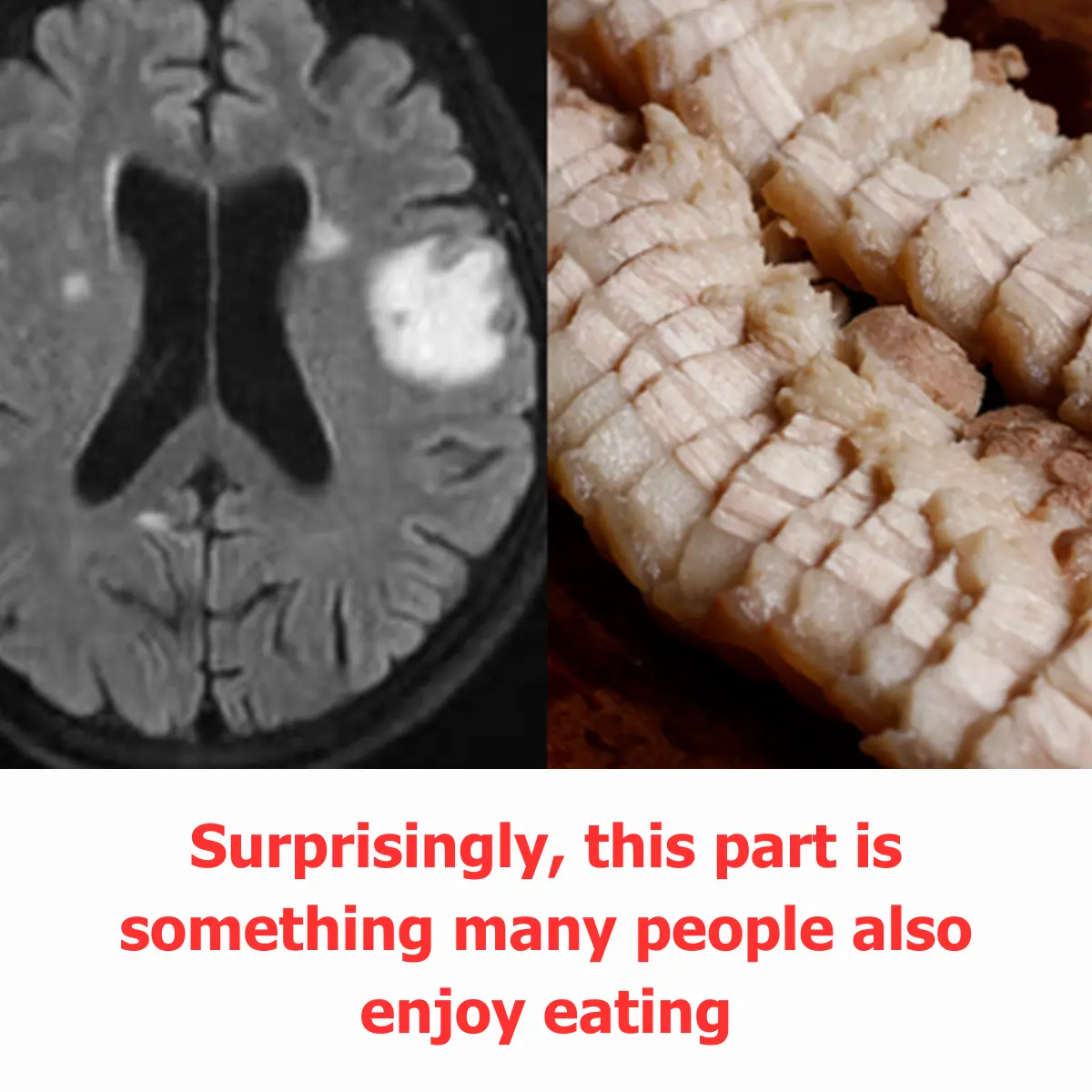
A man has a tapeworm cyst in his brain
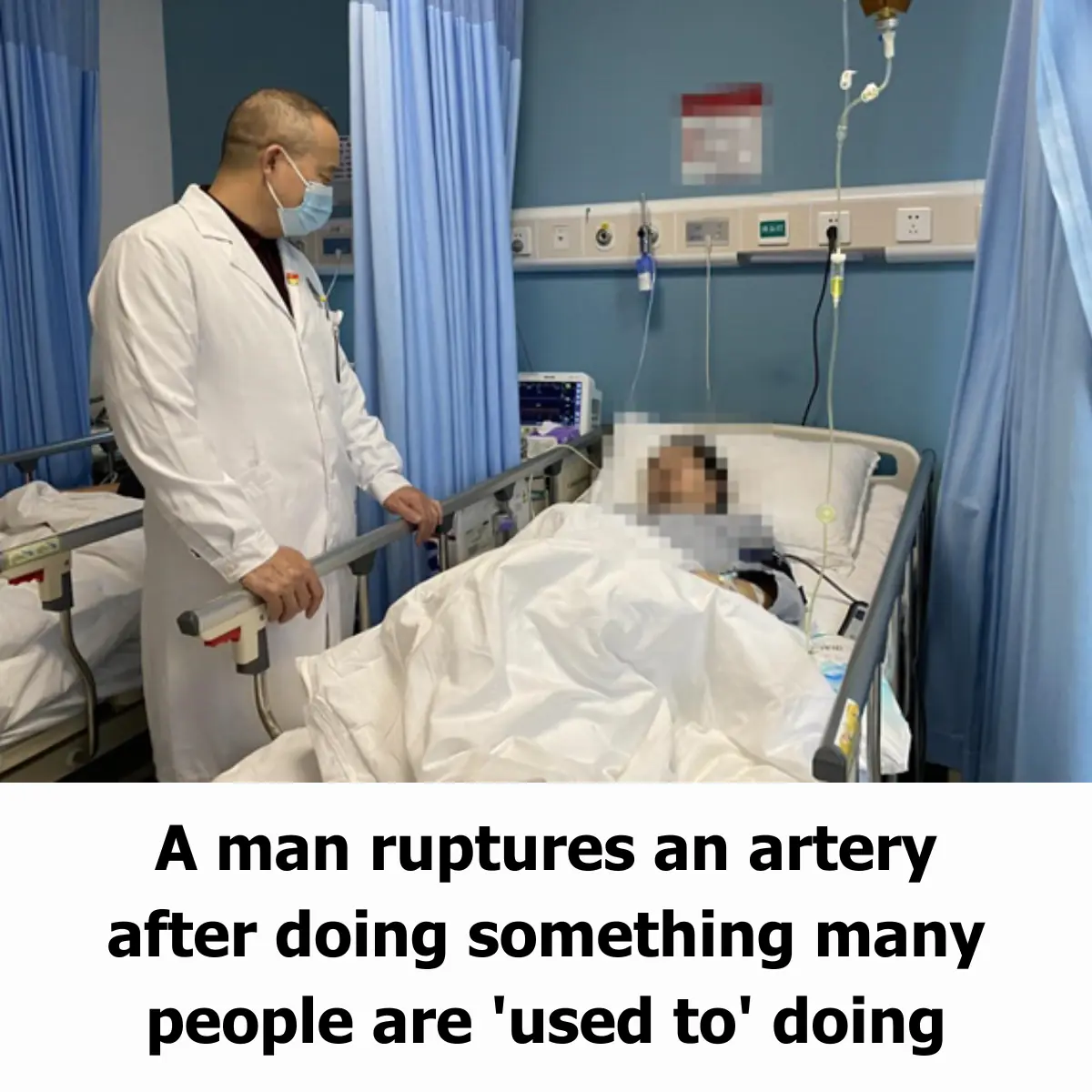
Title: "A Man Ruptures an Artery After Doing Something Many People Are 'Used to' Doing"
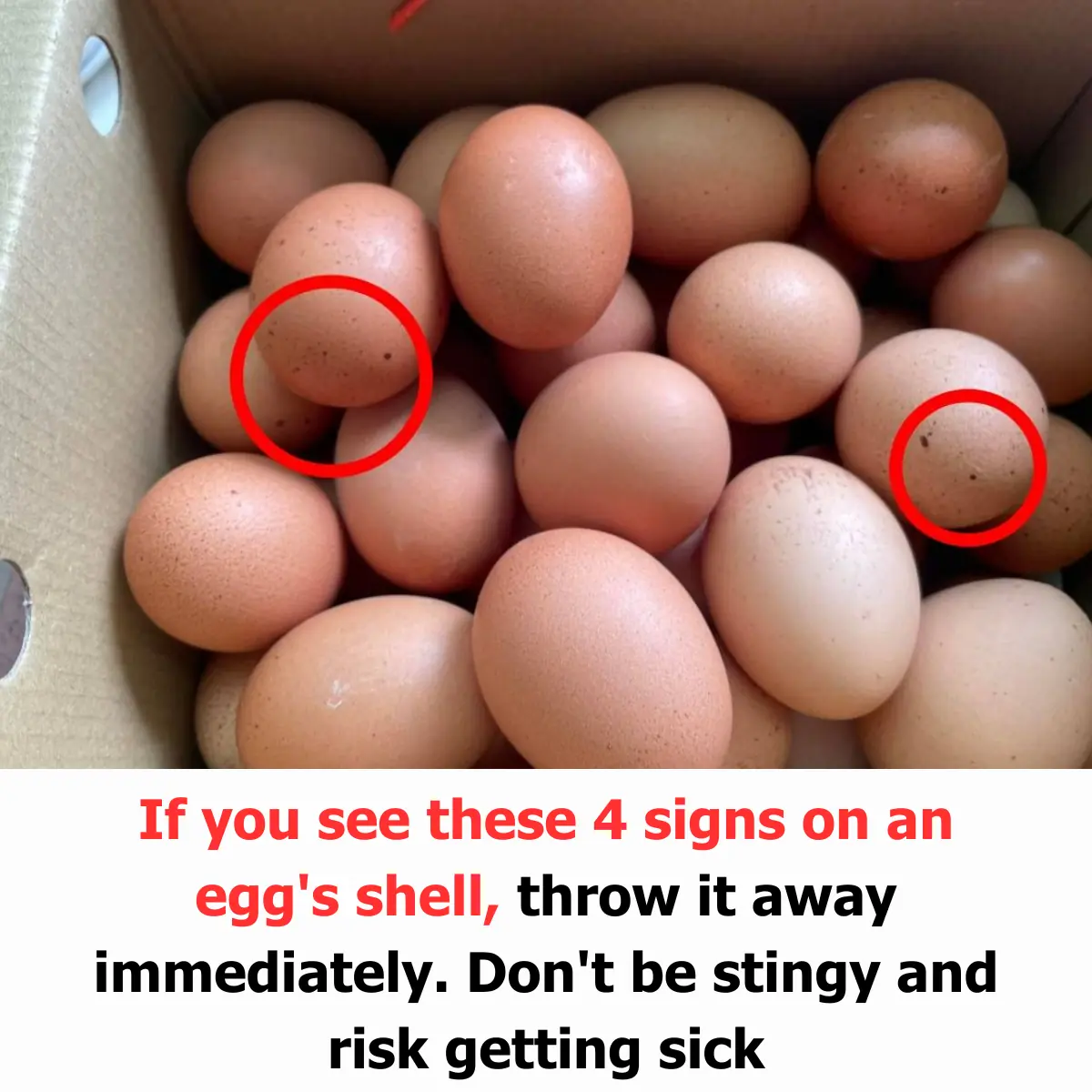
Title: "If You See These 4 Signs on an Egg's Shell, Throw It Away Immediately: Don't Be Stingy and Risk Getting Sick"

5 Clear Warning Signs of Fatty Liv.er Disease – Don’t Ignore These Symptoms!

Purslane: The Underestimated Superfood with Maximum Health Benefits
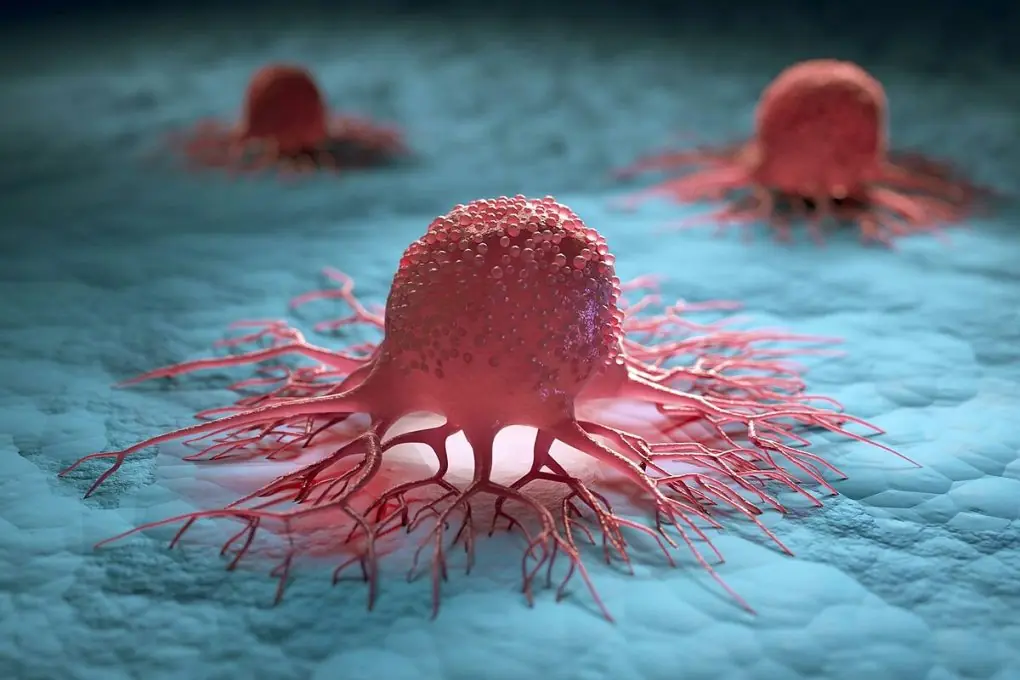
Detecting Can.cer Risk Before Birth
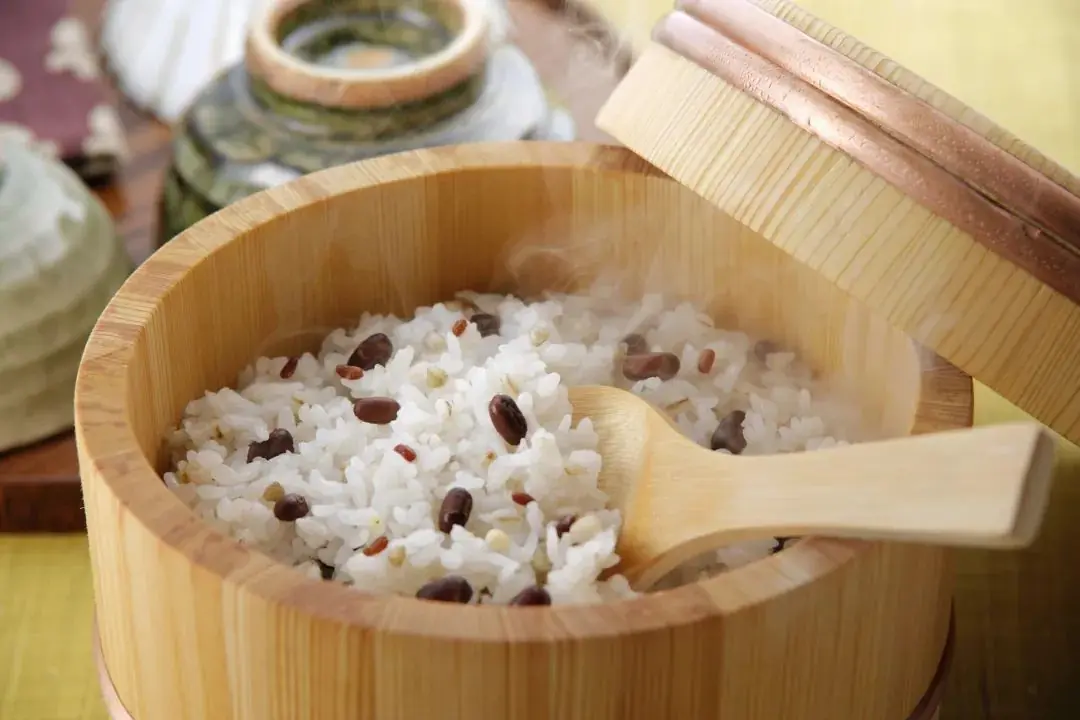
How Many Bowls of White Rice Should Adults Eat Per Day? The Answer Might Change Your Perspective

This Drink May Help Cure Cancer, Diabetes, Poor Circulation, and High Blood Pressure Naturally
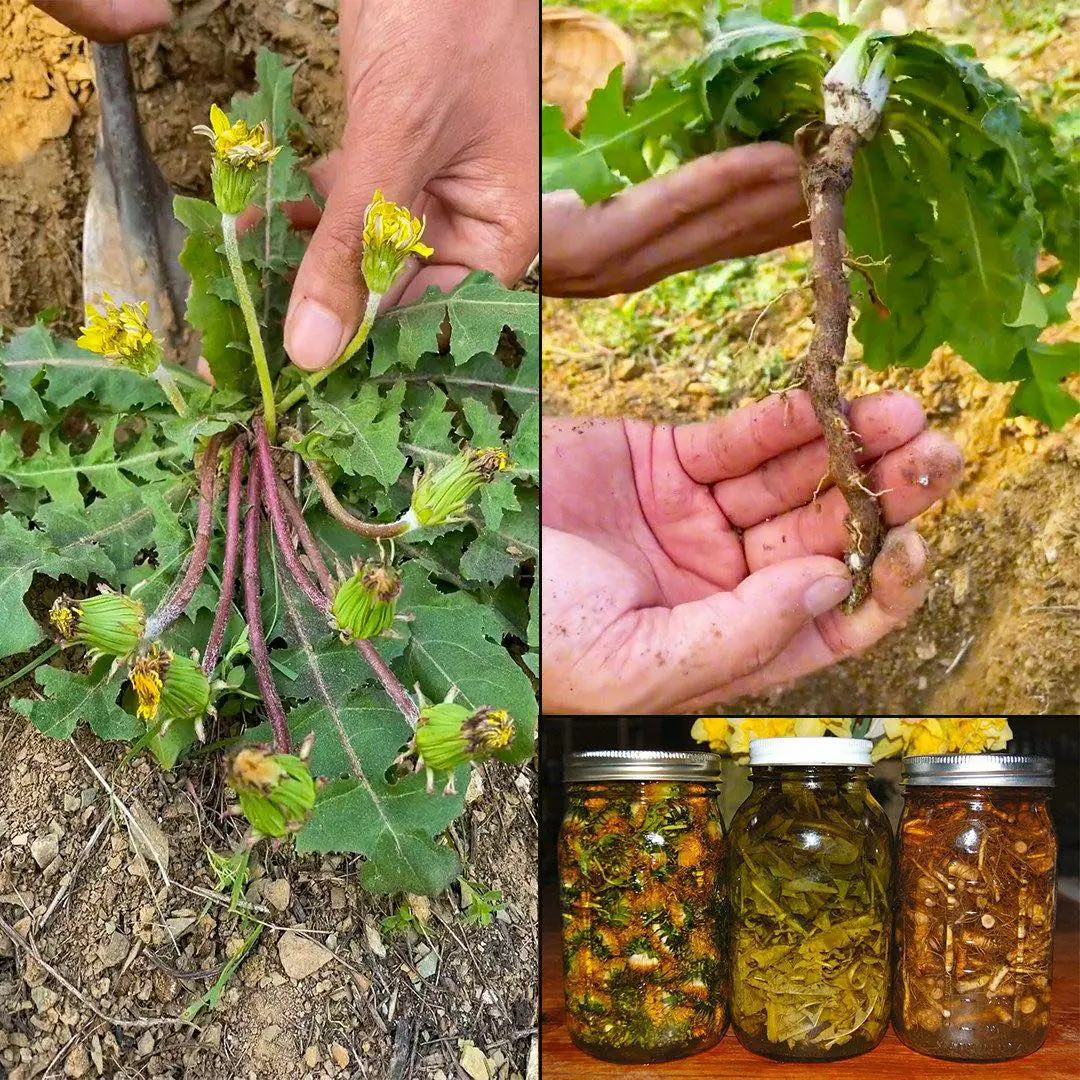
Why Dandelion Roots are the Most Important Part of the Plant

Deadly Nightshade Atropa Belladonna The Mysterious and Toxic Plant with a Dark History

Boost Your Stem Cells Naturally: The Secret to Longevity and Regeneration
News Post

7 Kidney Warning Signs You Must Not Ignore
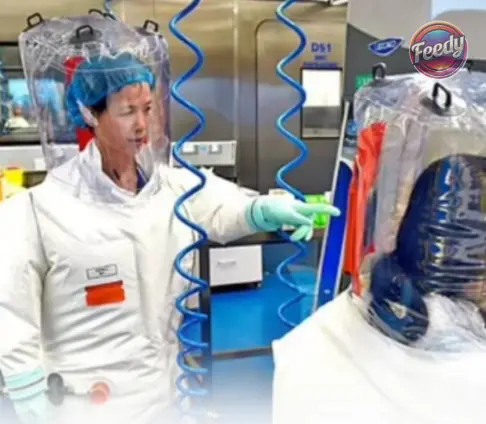
New Coronavirus Strain Found in Bats in China Could Potentially Infect Humans

New Research Suggests That All C.a.n.c.e.r.s Are Linked To A Single Protein
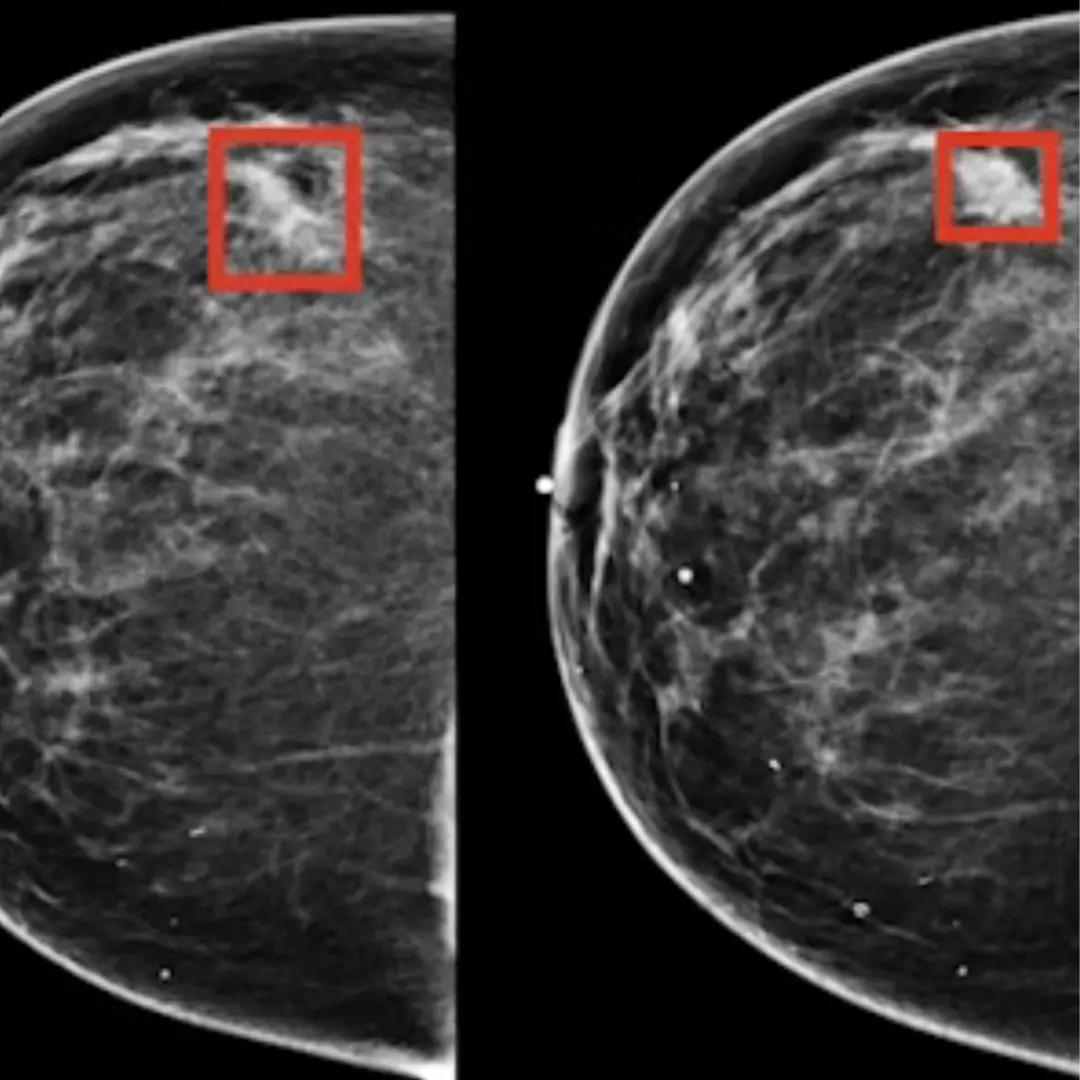
A new artificial intelligence can detect b r e a s t c a n c e r 5 years before it develops
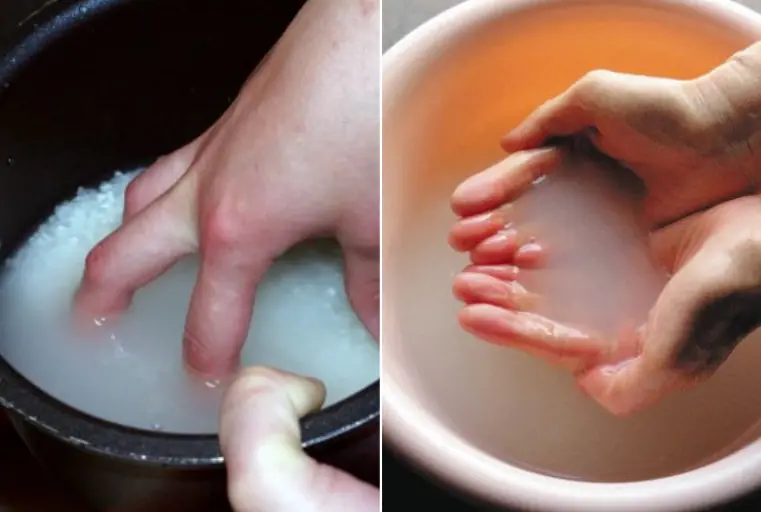
Stop Wasting Rice Water!
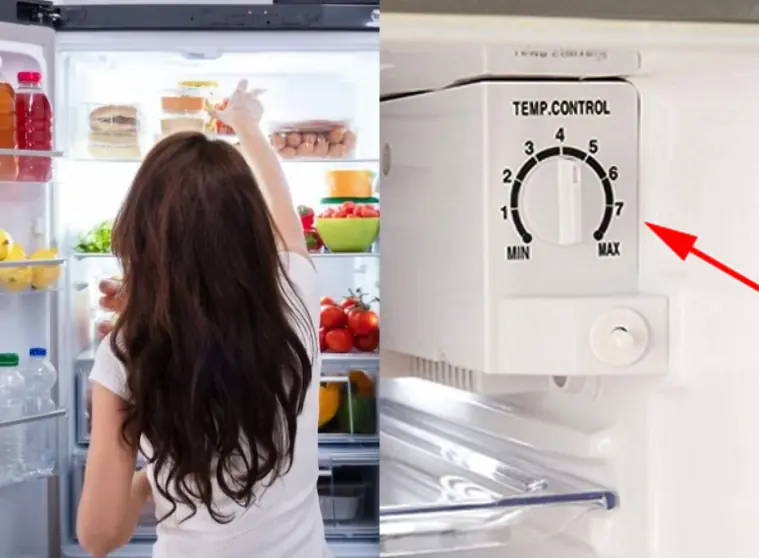
90% of People Are Setting Their Fridge Temperature Wrong

9 Quick Tips to Relieve Nighttime Calf Cramps While Sleeping

A Big Belly Isn’t Always Just Fat

Only girl can understand🤣

Can you spot the robber in 5 seconds?

How many bears are there in the picture?

5 Best Teas for Diabetics

Drooling in Your Sleep? Watch Out for These 6 Dangerous Diseases!

Kidney disease can cause lasting damage

These Four Groups Should Avoid Garlic
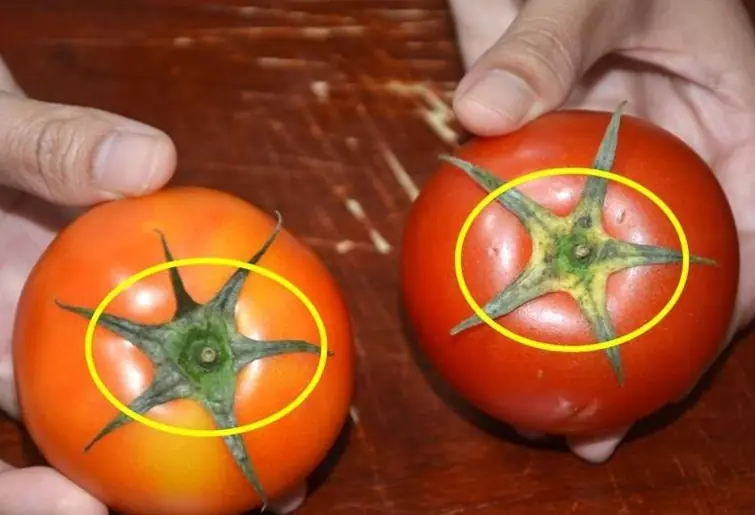
Distinguish Naturally Ripened Tomatoes

Placing a Broom in These 4 Positions Could Sweep Away Your Wealth

A beautiful woman is hiding somewhere among the rose petals
